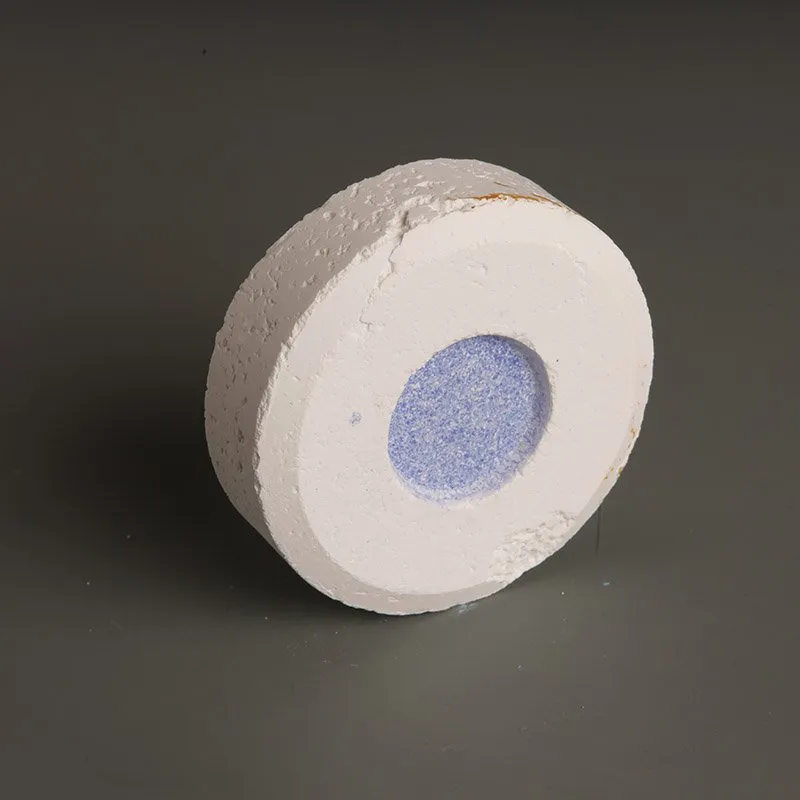



Safety Guidelines for Handling Sodium Hydroxide Chemical Hazards and Precautions
Sodium Hydroxide and NIOSH Safety and Handling
Sodium hydroxide (NaOH), commonly known as lye or caustic soda, is a highly versatile and widely used chemical. It plays a crucial role in various industrial processes, including the production of soaps, detergents, textiles, and paper, as well as in water treatment and food processing. However, due to its corrosive nature, it poses significant health and safety risks. The National Institute for Occupational Safety and Health (NIOSH) provides vital guidelines for the safe handling and use of sodium hydroxide to prevent occupational hazards.
Overview of Sodium Hydroxide
Sodium hydroxide is an inorganic compound that appears as a white solid, usually available in pellet, flake, or granular form. It is hygroscopic, meaning it readily absorbs moisture from the environment. When dissolved in water, sodium hydroxide generates a significant amount of heat, which can be dangerous if not managed properly. Its corrosive properties make it capable of causing severe damage to skin, eyes, and respiratory systems upon contact or inhalation.
Health Risks Associated with Sodium Hydroxide
Exposure to sodium hydroxide can result in a range of adverse health effects. Even small amounts can cause irritation and burns on contact with skin, while exposure to the eyes can lead to severe damage and potential loss of vision. Inhalation of sodium hydroxide dust or mist can irritate the respiratory tract, leading to symptoms such as coughing, choking, or pulmonary edema.
Chronic exposure may also result in serious health conditions, including respiratory diseases or skin disorders. Given these risks, it is crucial for individuals who work with sodium hydroxide to be aware of these hazards and take the necessary precautions to protect themselves.
sodium hydroxide niosh

NIOSH Guidelines
NIOSH recommends several key safety measures when working with sodium hydroxide. Firstly, personal protective equipment (PPE) is essential. This includes wearing rubber gloves, goggles or face shields, and appropriate protective clothing to minimize any risk of contact with the skin or eyes. Additionally, NIOSH advises the use of respirators or masks when there is a risk of inhaling sodium hydroxide dust or mist, particularly in enclosed or poorly ventilated areas.
In terms of handling procedures, it is important to always add sodium hydroxide to water, and not the other way around, to prevent violent exothermic reactions. The recommended procedure is to slowly pour sodium hydroxide pellets into water while stirring continuously, allowing heat to dissipate. Proper storage solutions must be in place as well; sodium hydroxide should be stored in tightly sealed containers made of materials resistant to corrosion.
Furthermore, when working with sodium hydroxide, it is important to have an emergency plan in place. This should include readily accessible eye wash stations and safety showers, as well as training on first aid measures in the event of exposure. NIOSH emphasizes that all employees should be familiar with the Material Safety Data Sheet (MSDS) for sodium hydroxide, which includes critical information regarding its hazards and safe handling.
Conclusion
Sodium hydroxide is an essential ingredient in various manufacturing processes and commercial applications; however, it also presents significant safety risks. Proper handling and adherence to NIOSH guidelines are crucial for ensuring the safety of workers who interact with this powerful chemical. By following safety protocols, utilizing appropriate personal protective equipment, and being aware of emergency procedures, employees can significantly reduce the risk of accidents and health issues associated with sodium hydroxide exposure. As with all hazardous materials, respect and caution are the keys to safe usage.
-
Why Sodium Persulfate Is Everywhere NowNewsJul.07,2025
-
Why Polyacrylamide Is in High DemandNewsJul.07,2025
-
Understanding Paint Chemicals and Their ApplicationsNewsJul.07,2025
-
Smart Use Of Mining ChemicalsNewsJul.07,2025
-
Practical Uses of Potassium MonopersulfateNewsJul.07,2025
-
Agrochemicals In Real FarmingNewsJul.07,2025
-
Sodium Chlorite Hot UsesNewsJul.01,2025










